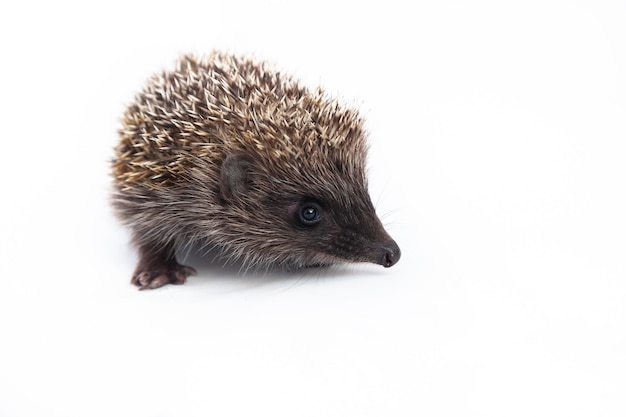European Hedgehog Erinaceus europaeus – Common Hedgehog Free Download
European Hedgehog: An Overview
The European hedgehog, scientifically known as Erinaceus europaeus, is a small mammal widely recognized for its unique appearance. Often referred to as the West European hedgehog or simply the common hedgehog, this delightful creature is found across various habitats in Europe.
Physical Characteristics
The European hedgehog has a distinct look that makes it easy to identify. Here are some of its notable features:
- Spines: Covered with around 5,000 to 7,000 spines, the hedgehog uses these spines as a defense mechanism against predators.
- Size: Typically, they measure about 22 to 30 cm in length and weigh between 0.5 to 2 kg.
- Color: Their fur is usually a mix of brown and cream, which helps them blend into their surroundings.
Habitat and Distribution
The European hedgehog thrives in various environments, from woodlands and gardens to urban areas. They are commonly found across Europe, with the exception of some regions like Iceland and certain islands.
Behavior and Diet
Nocturnal Lifestyle
This small mammal is primarily nocturnal, meaning they are most active at night. During the daytime, they prefer to rest in burrows or under dense vegetation to stay safe from predators.
Feeding Habits
The diet of the European hedgehog is wide-ranging and includes:
- Insects
- Worms
- Fruits
- Small mammals
This varied diet is essential for maintaining their health and well-being.
Importance in Ecosystem
The European hedgehog plays a significant role in its ecosystem. By preying on insects and other small creatures, it helps control pest populations. Additionally, as they forage for food, they also aid in seed dispersal, promoting biological diversity.
Conservation Status
Currently, the population of the European hedgehog is facing challenges due to habitat loss, road traffic, and pesticide use. Conservation efforts are important to ensure the survival of this charming species.
Ways to Help
Here are some simple actions you can take to support the European hedgehog:
- Create a hedgehog-friendly garden by leaving areas of leaves and logs where they can nest.
- Ensure fences have openings to allow hedgehogs to move freely between gardens.
- Avoid using harmful chemicals that can affect their health.
Conclusion
In summary, the European hedgehog is a fascinating creature deserving of our respect and protection. With its adorable appearance and essential role in the ecosystem, it brings joy to many nature enthusiasts and families alike. By understanding and supporting their needs, we can ensure that future generations can also appreciate this wonderful animal.












